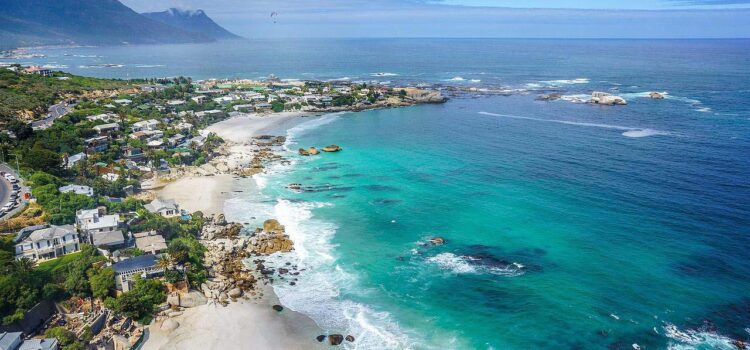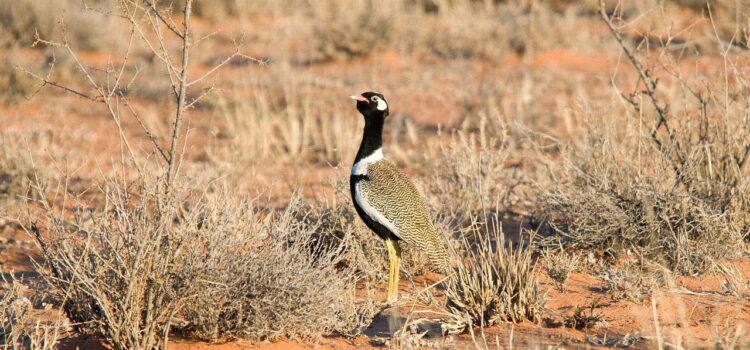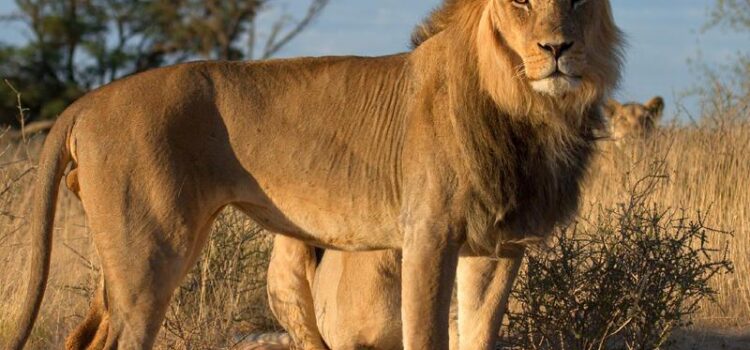A legend is a narrative of human actions that are perceived both by teller and listeners to take place within human history and to possess certain qualities that give the tale the appearance of truth or reality. From this definition Namibia can truly be called the “Land of the Legends”. Below, we would like to share some of our favourite legends about the land that we call home!
The Feral Horses of the Namib Desert
To this day most of the guesswork probably centres on the origin of the horses. There is agreement only on one point: they are not indigenous, because there are no indeginous horses in southern Africa. They were first imported by Europeans in the 17th century. Therefore the Wild Horses of the Namib are the descendants of domesticated animals which, similar to the mustangs of North America, have adopted a feral existence.
As there are no written records about their provenance their origins remain unclear, but there are, of course, quite a few theories. One relates to the German occupation of South West Africa a large number of horses were needed for the cavalry and an eccentric German nobleman, Baron Hans-Heinrich von Wolf, set up a horse breeding station at his outlandish castle, Duwisib, on the edge of the desert. The Baron went off to the First World War in Europe leaving his young bride behind.
After hearing of his death it is said that she could no longer face living in Namibia without her true love and so released the horses before setting off back home to America. It is likely, too, that some of the feral horses originated from the Schutztruppe mounts, as well as from those belonging to a South African Expeditionary Force that took control of the Landuuml;deritz – Keetmanshoop line during the First World War. And a third theory is that a ship carrying thoroughbreds from Europe to Australia that ran aground near the mouth of the Orange River. The strongest horses could have reached the shore and found their way to the Garub plains.
It was only in 1986 that the Restricted Area II was declared open and annexed to the Namib Naukluft Park. For 90 years the feral horses were able to develop in almost complete isolation and by now may therefore be regarded as a breed in their own right, the ‘Namibs’.
Fish River Canyon
Fish River Canyon – it is one of the largest canyons in the world as well as the second most visited tourist attraction in Namibia. It features a gigantic ravine, in total about 160 km long, up to 27 km wide and in places almost 550 meters deep. It has been gouged out of the surface of the land in the course of 650 million years by the forces of water, wind, gravity and earth movements. But according to the San people who once roamed the area there is a different explanation to the formation of the Fish River Canyon.
Kouteign Kooru was the most ferocious of the serpents. It was said to be larger than the hippopotamus, and it lived in the river among the reeds. When trapped, it whipped its body around in the water, splashing and creating such a spray that rainbows formed around its body.
Once a group of hunters chased Kouteign Kooru. To escape the hunters Kouteign Kooru fled into the desert and began to burrow, creating scars in the earth. This, according to legend, is how the Fish River Canyon was formed.
Etosha National Park in Namibiawas first established in 1907, when Namibia was a German colony known as South West Africa. At the time, the park’s original 100,000 km² made it the largest game reserve in the world. Due to political changes since its original establishment, the park is somewhat less than a quarter of its original size, but still remains a very large and significant area in which wildlife is protected.
The Central feature of this National Park is the massive mineral pan. The pan is part of the Kalahari Basin, the floor of which was formed around 1000 million years ago. The Etosha Pan covers around 25% of the National Park. The pan was originally a lake fed by the Kunene River. However the course of the river changed thousands of years ago and the lake dried up.
There is a San legend that tells of a group who strayed into Heiqum lands only to be surrounded by brutal hunters who killed all the men and children. One of the young women rested under a tree with her dead child in her arms; she wept so much that her tears formed a giant lake. After the sun had dried her tears the ground was left covered in salt – and so the Etosha Pan was formed.
The ‘bottomless’ Otjikoto Lake
Otjikoto Lake has long been known to the original inhabitants of the area. The San knew it as ‘Gaisis’, which means ‘ugly’. The Herero gave it the name ‘Otjikoto’ which means ‘deep hole’.
During the First World War the Union of South Africa, still part of the British Empire, was ordered to invade German South West Africa. The German troops were heavily out-numbered by the Union forces, but managed to hold out for nearly a year before finally being forced to surrender.
The final hostilities took place in the vicinity of Otjikoto and, rather than surrender their weapons and artillery to the enemy everything, including the heavy guns and ammunition wagons, was dumped into the lake. Many of these relics have since been recovered, but not all. The lake still contains various pieces of artillery and there are rumours that the German troops also disposed of their war chest in the same manner. Legend has it that a sealed safe containing 6 million gold marks was deposited in the lake in June 1915. However a large amount of intense and hopeful diving has failed to yield this treasure.
Legend also has it that the lake is bottomless. This is due to the fact that a postmaster drowned while swimming in the lake in 1927 and his body was never recovered.


